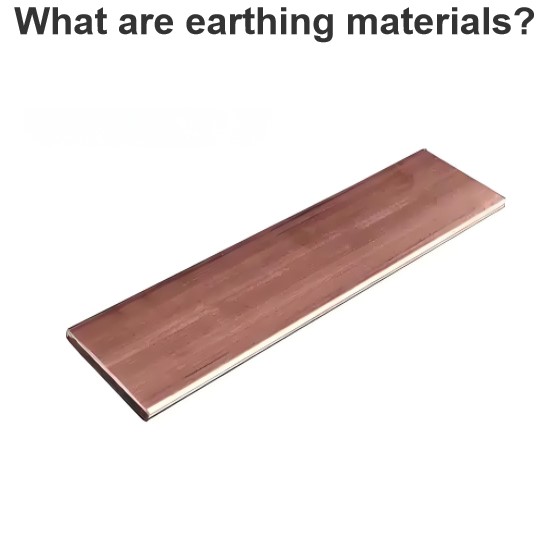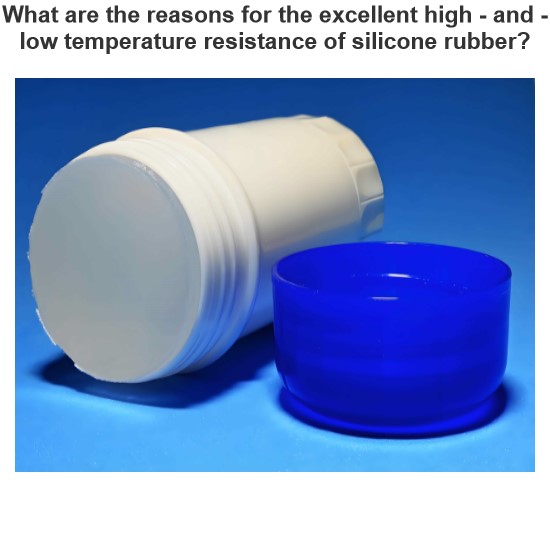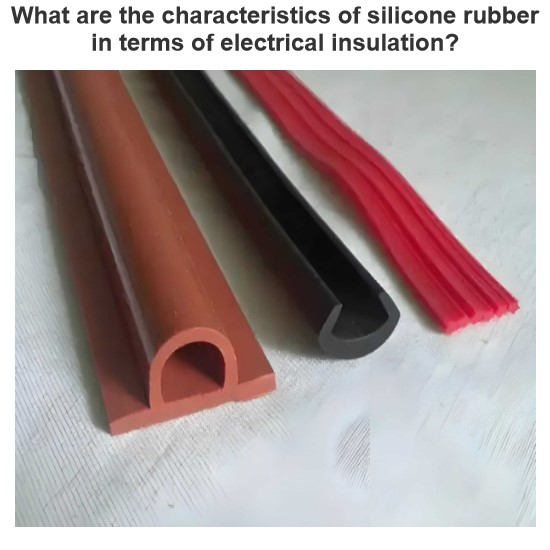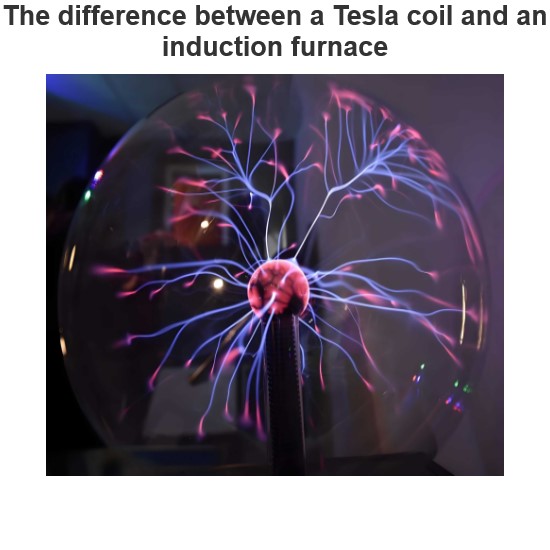Dielectric Materials: Definition, Properties and Applications
A dielectric material is defined as an electrical insulator that can be polarized by an applied electric field. This means that when a dielectric material is placed in an electric field, it does not allow electric charges to flow through it, but instead, it aligns its internal electric dipoles (pairs of opposite charges) in the direction of the field. This alignment reduces the overall electric field within the dielectric material and increases the capacitance of a capacitor that uses it.

How do dielectric materials work?
To understand how dielectric materials work, we need to know some basic concepts of electromagnetism.
An electric field is a region of space where an electric charge experiences a force. The direction of the electric field is the direction of the force on a positive charge, and the magnitude of the electric field is proportional to the strength of the force. Electric fields are created by electric charges or changing magnetic fields.
Electric polarization
Electric polarization is the separation of positive and negative charges within a material due to an external electric field. When a material is polarized, it develops an electric dipole moment, which is a measure of how much the charges are separated and how they are aligned. The electric dipole moment of a material is proportional to its electric susceptibility, which is a measure of how easily it can be polarized.
Capacitance
Capacitance is the ability of a system to store electric charge. A capacitor is a device that consists of two conductors (plates) separated by an insulator (dielectric). When a voltage is applied across the plates, an electric field is created between them, and charges accumulate on each plate. The capacitance of a capacitor is proportional to the area of the plates, inversely proportional to the distance between them, and directly proportional to the dielectric constant of the insulator.
Properties of dielectric materials
Some important properties of dielectric materials are:
Dielectric constant: This is a dimensionless quantity that indicates how much a material increases the capacitance of a capacitor compared to a vacuum. It is also called relative permittivity or permittivity ratio. The dielectric constant of a vacuum is 1, and the dielectric constant of air is about 1.0006. Materials with high dielectric constants include water (about 80), barium titanate (about 1200), and strontium titanate (about 2000).

Dielectric strength: This is the maximum electric field that a material can withstand without breaking down or becoming conductive. It is measured in volts per meter (V/m) or kilovolts per millimeter (kV/mm). The dielectric strength of air is about 3 MV/m, and the dielectric strength of glass is about 10 MV/m.
Dielectric loss: This is the amount of energy that is dissipated as heat when an alternating electric field is applied to a material. It is measured by the loss tangent or dissipation factor, which is the ratio of the imaginary part to the real part of the complex permittivity. The dielectric loss depends on the frequency and temperature of the electric field, as well as the structure and purity of the material. Materials with low dielectric loss are desirable for applications that require high efficiency and low heating.
Types and examples of dielectric materials
Dielectric materials can be classified into different types based on their molecular structure and polarization mechanism. Some common types and examples are:
Vacuum: This is the absence of matter and therefore has no polarization. It has a dielectric constant of 1 and no dielectric loss.
Gases: These are composed of atoms or molecules that are loosely bound and can move freely. They have low dielectric constants (close to 1) and low dielectric losses. Examples include air, nitrogen, helium, and sulfur hexafluoride.
Liquids: These are composed of molecules that are more tightly bound than gases but can still move around. They have higher dielectric constants than gases (ranging from 2 to 80) and higher dielectric losses. Examples include water, transformer oil, ethanol, and glycerol.
Solids: These are composed of atoms or molecules that are strongly bound in fixed positions. They have higher dielectric constants than liquids (ranging from 3 to 2000) and higher dielectric losses. Examples include glass, ceramics, plastics, rubber, paper, mica, and quartz.
Applications of dielectric materials
Dielectric materials have many applications in various fields of science and engineering. Some examples are:
Capacitors: These are devices that store electric charge and energy by using dielectric materials between two conductors. Capacitors are used for filtering, smoothing, timing, coupling, decoupling, tuning, sensing, and power conversion in electronic circuits.
Insulators: These are materials that prevent electric current from flowing through them by using their high resistance and high dielectric strength. Insulators are used for protecting, isolating, supporting, and separating electrical components and wires.
Transducers: These are devices that convert one form of energy into another by using dielectric materials that exhibit piezoelectricity or electrostriction. Piezoelectricity is the property of some materials to generate electric voltage when subjected to mechanical stress or vice versa. Electrostriction is the property of some materials to change their shape or size when subjected to an electric field or vice versa. Transducers are used for generating, detecting, measuring, and controlling sound waves, ultrasound waves, vibrations, pressure, force, displacement, temperature, etc.
Photonic devices: These are devices that manipulate light waves by using dielectric materials that exhibit optical properties such as refraction, reflection, absorption, scattering, dispersion, birefringence, etc. Photonic devices are used for transmitting, receiving, modulating, switching, filtering, amplifying, splitting, combining, storing, processing, displaying, imaging, sensing, etc., and light signals.
Memory devices: These are devices that store information by using dielectric materials that exhibit ferroelectricity or electrets. Ferroelectricity is the property of some materials to retain their polarization state even after removing an external electric field. Electrets are materials that have a permanent electric charge or dipole moment. Memory devices are used for storing data in computers, mobile phones, cameras, etc.
Conclusion
Dielectric materials are electrical insulators that can be polarized by an applied electric field. They have various properties, such as dielectric constant, dielectric strength, and dielectric loss. They can be classified into different types, such as vacuum, gases, liquids, and solids. They have many applications in various fields, such as capacitors, insulators, transducers, photonic devices, and memory devices. Dielectric materials are essential for modern science and technology.

Electrical4U is dedicated to the teaching and sharing of all things related to electrical and electronics engineering.
















